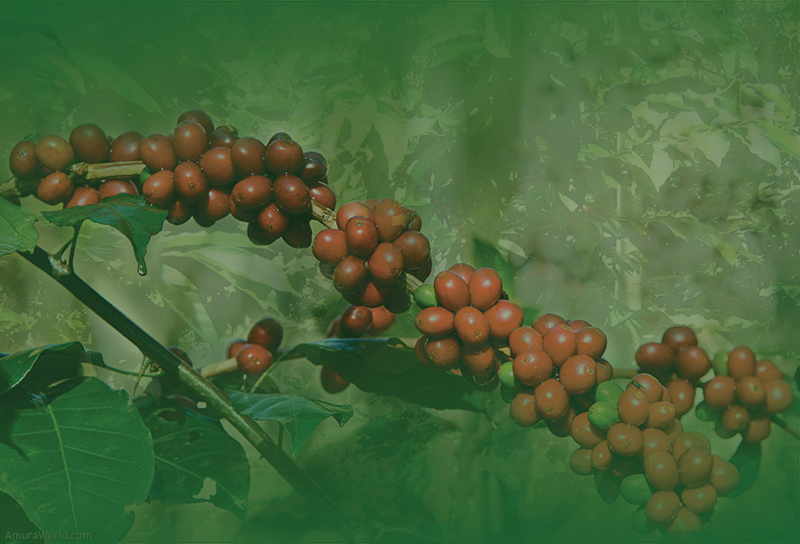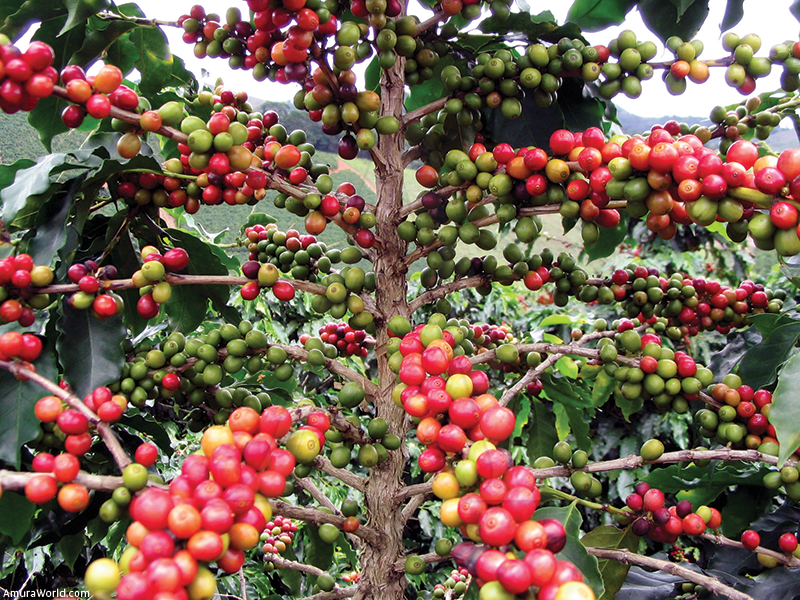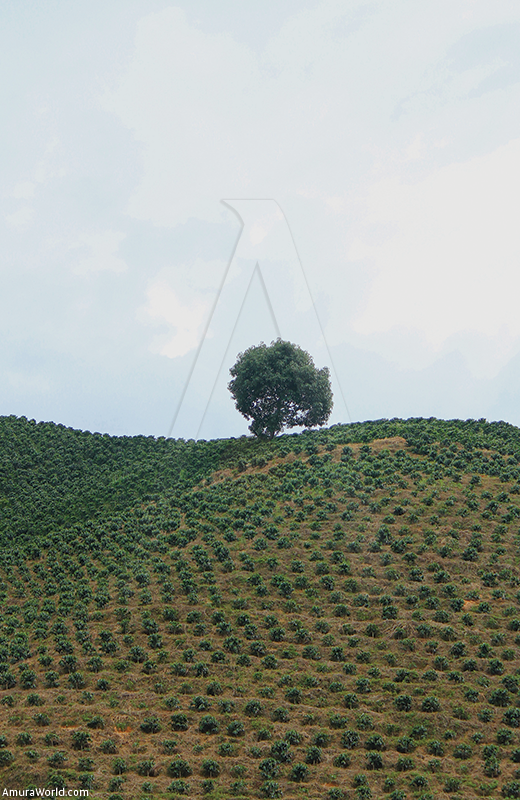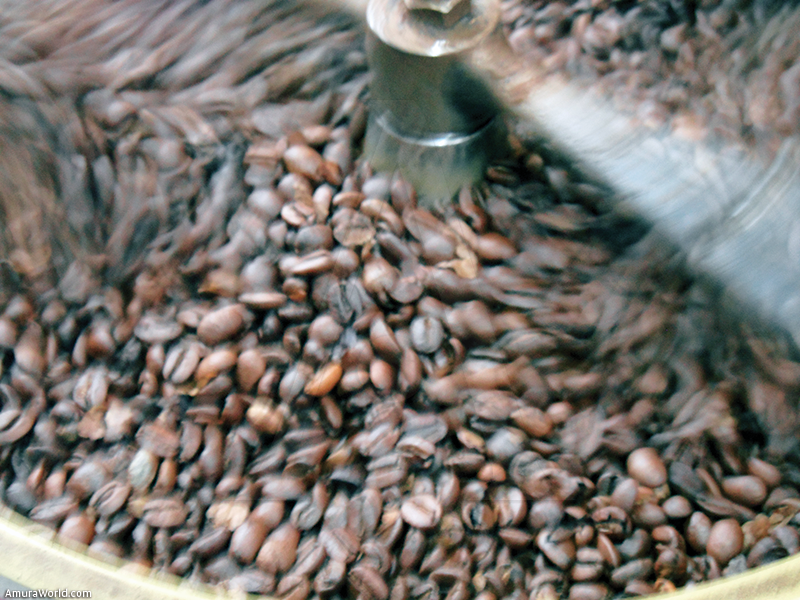From the Coffee Cuppers
Culture is defined by someone or something with a common cult, either at a social or personal level. The Western world has been bewitched by the Expresso, Cappuccino, Macchiato, Frappe, Latte, Cortado, Irish, Viennese, Arabic, ... How did this happened?
The development of what is now a worldwide cult around coffee and coffee shops, was born in the 14th century in Turkey. The West (Europe and the Mediterranean) were influenced later and social, intellectual and cultural gathering centers were born . It was at the Parisian café Le Procope (1686) where it became famous with the frequent presence of Jean Paul Sartre and his wife Simone de Beauvoir; although the place already had gained popularity before with patrons such as Voltaire, Danton and Robserpiere. It is the oldest café-restaurant in the world; and it has the merit of preserving the public preference after 326 years of operation.
Another world famous cafe is “Cafe de Paris”; its most revered location is in Rome.
It was in the late fifties, that it was the distinguished hangout of Italy’s mega movie stars, such as Federico Fellini, Marcello Mastroianni, Claudia Cardinale, Sophia Loren and Lucino Visconti. Actually, some scenes of famous Viscontti’s “La Dolce Vita” were shot there . You can find a “Cafe de Paris” also in Switzerland, Spain, Mexico, Costa Rica, United States ... and of course, in France.
The Cafe Greco (1760) was the first coffee shop in Rome. From its opening day, the environment hosted musicians, writers, philosophers, thinkers and artists such as poet John Keats, philosopher Johann Wolfgang von Goethe, Franz Liszt, Georges Bizet and Richard Wagner.
At Les Margots (Paris, 1812), one could see the surrealists Picasso, Buñuel, Paul Klee, André Breton with the parishioners wanting to see the celebrities of the moment or take a coffee in a nice corner of Saint Germain-des-Prés, in the “Sixième”.
Carlos Merida, the Guatemalan muralist and sculptor who was partner with Orozco, Rivera and Siqueiros, narrated shortly before his death (1983) that his parents sent him to study in Paris and then he became an artist under the influence of Picasso, Miro and Klee. “What were you going to study in Paris, Master?” - I do not remember, engineering or law, I don’t know. They taught me how to paint . Hector Cervera, the interviewer, asked Merida if he learned color techniques from the masters, ... -No, no… We never talked about painting. We gathered together at the cafe to smoke opium and drink until dawn. That is how I learned to paint.
Why does coffee creates such significant environments? There is no demonstrable explanation, but there is a story. Legend says that the goats of a herder in Abyssinia ate a wild fruit unknown to him, the goats began jumping full with energy. He was curious and tried the fruit himself, the result was the same. He took some of those seeds to a monastery and talked to monks about his experience. The fruit tasted so bad, that they threw all grains to a bonfire. It was then when the aroma captivated everyone. The monks decided to do something with the finding, and gradually, found a way to make an infusion with the seeds of coffee. The product became popular first in the countries of origin, the extent of acceptance generated an international market, and now, investors follow the price of coffee, as they follow gold or oil, given its value in the world market.
TOP TEN
Among the 10 best coffees in the world, 4 are made with the Arabica bean: They are the Illy, Lavazza Qualité Oro, Il Cultori del Café and Saula Gran Espresso Premium. La Mexicana, a 100 year old brand from Madrid, roasts coffee of various origins. The Sanani is supplied from the Yemen mountains, Malongo Blue Mountain commercialize the Jamaican Blue Mountain, It is the most expensive coffee in the world (250 grams, 57 Euros; 1 Kilo, 295 Dlls; = $ 3.800 Mx pesos). Segafredo Zanetti serves 50 million cups of espresso worldwide, and still, is one of the best coffees in the universe. SZ, and the brand Lavanzza, have the lowest prices out of the ten world champions: 17 Euros per kilo.
MOST PRESTIGIOUS
The most prestigious coffees are Blue Mountain (Jamaica), Java (Indonesia), Cimaza (Kenya), Yauco Selecto (Puerto Rico), Moka Lim (Ethiopia), The Minita Terrazu (Costa Rica), Volcan de Oro (Guatemala), Kona (Hawaii), Santos (Brazil) and the one known simply as “Café de Colombia”, from that country.
COFFEE GROWING AREAS
The main coffee growing regions of the world are concentrated in the Tropics of Cancer and Capricorn. Brazil, Colombia, Costa Rica, Guatemala, Jamaica, Mexico and Puerto Rico (In the Americas); Kenya, Tanzania, Uganda, Ethiopia, Cameroon, Ivory Coast , Congo, Madagascar, Rwanda and Angola (In Africa), Vietnam, India, Java, Sumatra, Philippines, Malaysia, Thailand and Sri Lanka (In Asia), Australia, Hawaii, New Caledonia and Papua New Guinea (In Oceania). Of outstanding quality are Colombia, Costa Rica, Jamaica, Kenya, Java and Hawaii beans. An interesting fact, Mexico is the fifth largest producer of coffee in the world, but is the first consumer of instant coffee.
Text: Alfonso López Collada ± Photo: Finca 2 jefes / Les deeux margots / Spoon cofee





